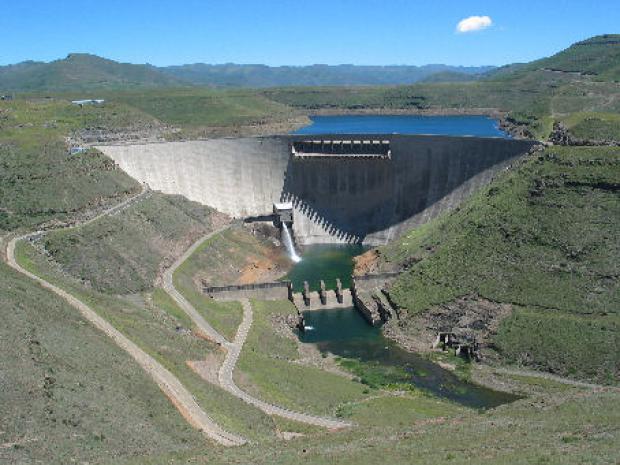Lesotho
Introduction
Lesotho is a multi-party democracy with a stable political environment. Economic performance slowed down in 2009 due to economic recession and decline in Southern African Customs Union revenues.
EU-Lesotho cooperation is coherent with the “Agenda for Change” and supports the implementation of the National Strategic Development Plan (NSDP) 2012/13- 2016/17. The reduction and eventual eradication of poverty remains the key objective for EU cooperation and was the critical to select the NIP focus on three focal sectors: Water, Energy and Governance.
Focus Sectors budget
|
Water |
EUR 78 million |
55% |
|
Energy |
EUR 28 million |
20% |
|
Good governance |
EUR 22 million |
15% |
|
Other measures/ support to civil society |
EUR 7 million |
5% |
|
Support measures |
EUR 7 million |
5% |
|
TOTAL |
EUR 142 million |
100% |
Water
Overall objectives
The overall objective of the water sector is to expand secure water supply and sanitation services to industries, commercial centres, households and other institutions.
Country Context

source: wikimedia commons
Lesotho’s unique geographic location and mountainous topography make water the country’s most important natural resource. Water impounded in the Maluti mountain range is exported to South Africa (850 million cubic metres annually). Despite abundance of water, Lesotho experiences frequent water supply problems in areas of population concentration, in the mountains, and for industry. Approximately 77 percent of all households (91% urban and 73% rural) have access to a dependable water supply Access to water is particularly problematic in the western lowlands, where two thirds of the population lives and where there is the greatest potential for creating employment opportunities through the expansion of industry and manufacturing.
Compared to households' access to clean water, access to sanitation is even more problematic; only 26% of rural households and 31% of urban households have improved pit latrines, septic tanks or mains sewer collection and treatment.
Specific objectives and the main expected results
SO1 - The development and management of Lesotho’s water resources in order to maximise socio-economic benefits, without compromising the sustainability of vital environmental systems
- R.1. The sustainable management of Lesotho’s water resources.
SO2 - Rural, peri-urban and urban households have access to secure, safe and affordable water supplies and improved sanitation
- R.1. The development and distribution of a secure, safe and affordable water supply for human consumption, commercial, industrial and agricultural development;
- R.2. The development and distribution of a secure, safe and affordable water supply for human consumption and commercial and industrial development;
- R.3. The development of water and sanitation infrastructure in areas where bulk water supply methods are not a practical or economically feasible option.
SO3 - Effective adaption to climate change, mitigating or preventing any negative consequences that it may have on the people of Lesotho
- R.1. Climate Change Strategy implemented.
